Your familyÔÇÖs╠řsummer vacation╠řmay be looking a bit different this year. Gone are day camps, hours spent poolside, and╠řamusement-park outings. While you could always send the little ones outside to cook up╠řtheir own adventures (something we wholeheartedly endorse), in the event of rain, youÔÇÖll need a backup. Below, weÔÇÖve rounded up seven of our favorite outdoorsy board games. Spanning from easy to seriously complex, they╠řwill keep any age group entertained for hours.
Photosynthesis
For Ages Eight╠řand Up
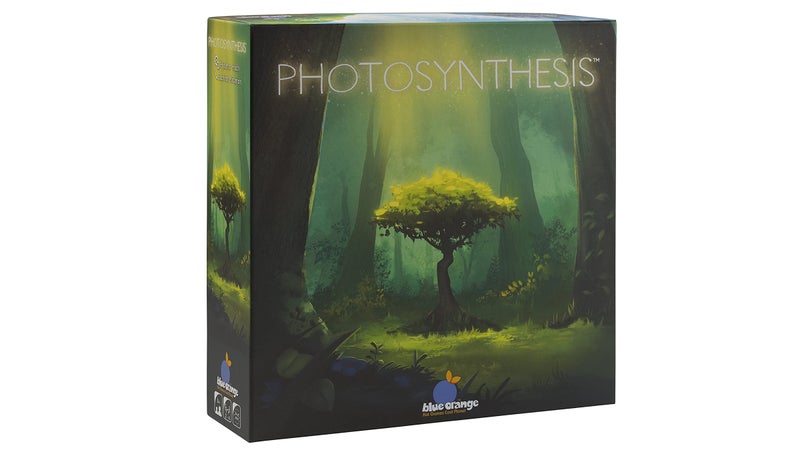
Trees need sun to grow; as they age╠řand eventually die, they enrich the soil underneath them. ThatÔÇÖs the basic premise of this two-to-four-player . At first glance inside the box, I was daunted. Before you commence, you have to pop out over 100 cardboard game pieces that come in sheets╠řand then digest a four-page rules manual detailing where youÔÇÖre allowed to plant new seeds, how many squaresÔÇÖ╠řworth of shadow different-size trees cast, and how many sun points it takes to convert a medium tree to a big one. ThereÔÇÖs also a cardboard sun that moves around the board with each turn. ItÔÇÖs a lot to keep track of! But within a few turns, everything made sense, and my co-player╠řand I╠řhad started to figure out a strategy. The basic science lessons are╠řperfect for kids just learning about the life cycle of╠řplants, but the decision-making and tactics╠řbehind buying, growing, and cashing in on your forest make this game╠řfun for all ages. ÔÇöAriella Gintzler, associate editor
Wingspan
For Ages Ten╠řand Up
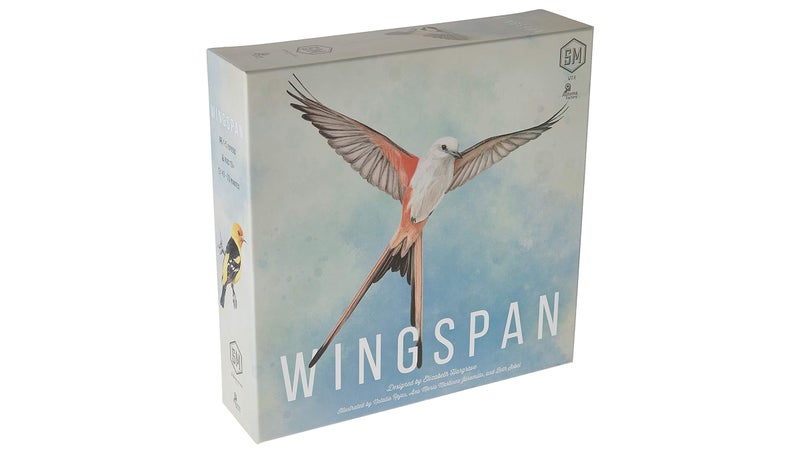
The first thing that attracted me to this game was its unique╠ř. Designed by╠řElizabeth Hargrave, an avid birder, the objective of the up-to-five-player is to collect as many birds, eggs, and food in your aviary as you can; the person╠řwith the most points at the end of four rounds wins. And what charming birds they are: each of the 170 avian cards is beautifully illustrated and contains scientifically accurate information, like the birdÔÇÖs╠řnest type, food, and habitat, plus a fun fact, just for kicks (the black-bellied whistling duck really does whistle). While the rules of play may seem a little complex when╠řreading them initially,╠řI found that it was one of the easiest games to pick up, thanks╠řto an included new-player guide that walked me through each round and the different╠řplaying actions. Wingspan soon became a favorite, requiring just enough strategy to keep it interesting but not too competitive or lengthy. I eventually╠řfound myself wanting to collect certain birds not because they have high point values, but because they were so pretty. ÔÇöKelsey Lindsey, associate editor
Parks
For Ages Ten╠řand Up
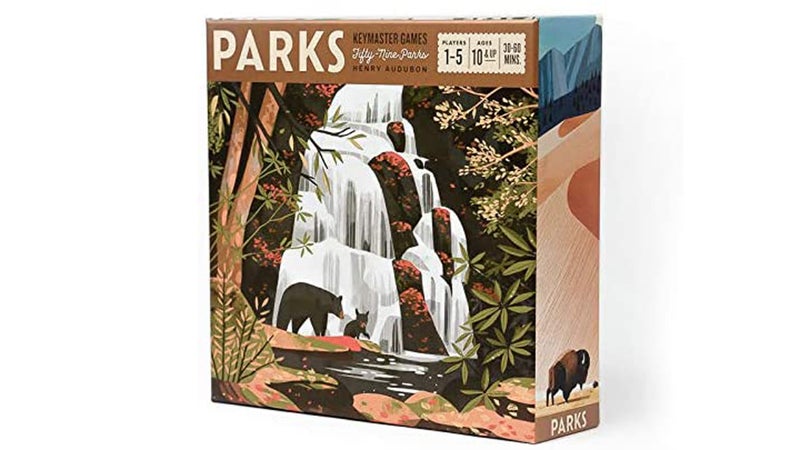
This soon-to-be-released national parksÔÇôthemed joins a small but growing league of zen board games (like╠ř), where the goal isnÔÇÖt to win so much as experience the journey. Players╠řvisit national parks and take photos of the scenery. Each game is made up of four different rounds, where players (up to five) hike a new trail during╠řvarious seasons (i.e.,╠řthe season of flowers, starlight, wind, rain, etc.), based on a random deck draw. When players reach the end of each trail, they are presented with three move options.╠řThe game itself is simple but engaging, and thereÔÇÖs definitely some strategy involved for the competitive among us. The biggest draw of Parks,╠řhowever, is its impeccable design. Every element features gorgeous art, including the national-parks cards, which╠řhighlight fun facts about each park, and╠řthe wooden tokens players collect on their journeys.╠řIÔÇÖve played this through five times now, and something new╠řalways catches my attentionÔÇöand I still havenÔÇÖt experienced all of the seasons yet! This game is the perfect rainy-day entertainment for outdoor lovers, families, and even single players. ÔÇöJenny Earnest, audience development╠řdirector
Starlink
For Ages Eight╠řand Up
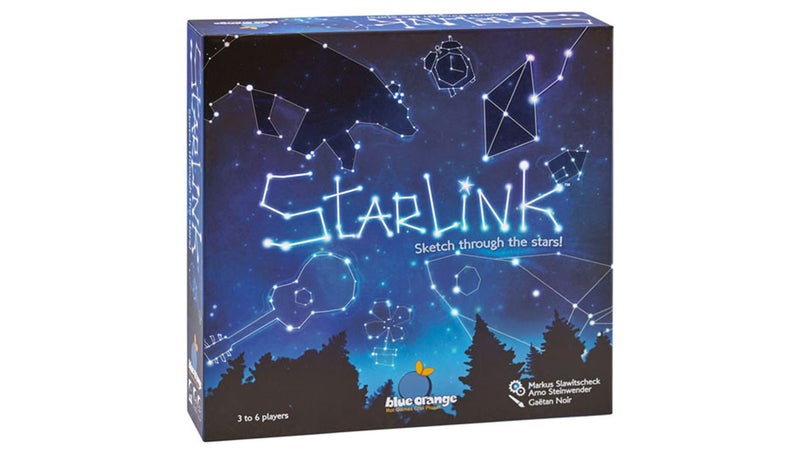
This three-to-six-player was a hit with my fianc├ęÔÇÖs╠řnine-year-old, Mi Young. Think Pictionary meets connect the dots, astronomy editionÔÇöyou draw a card, choose one of two shapes listed on each card, start the timer, and connect stars on the board with lines to form a constellation that represents your chosen drawing. Your teammates then have until the timer runs out to guess which constellation youÔÇÖre depicting. ÔÇťI like to connect the stars, and I think itÔÇÖs really fun to beat the time while youÔÇÖre trying to draw something,ÔÇŁ╠řMi Young says. ÔÇťBecause you have to use straight lines,ÔÇŁÔÇöno curves allowed!ÔÇöÔÇťit feels good when somebody guesses your answer.ÔÇŁ╠řWe especially liked the included shimmery markers that you╠řdraw with and the variety of creative shapes on the cards. Still, we implemented a few modifications to make it a little easier (for the adults, too). The most important one: the instructions said to stop after two rounds each, but we decided we could play indefinitely. ÔÇöAbigail Wise, digital managing director
Send It!╠ř
For Ages 14 and Up
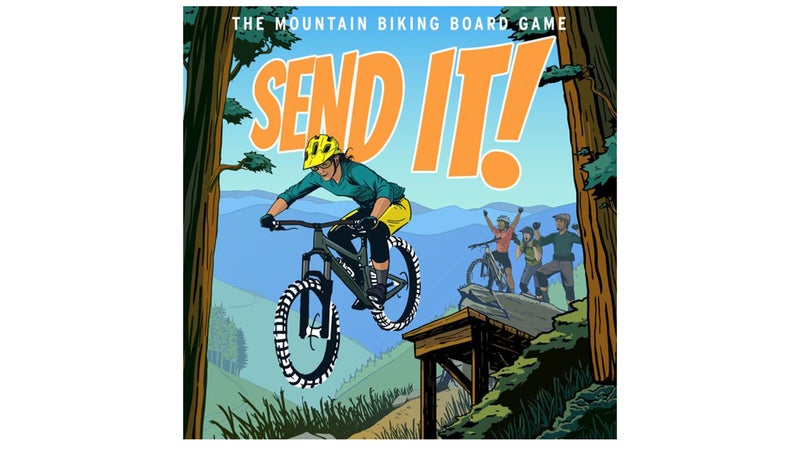
In╠ř, a game designed by two professional mountain bikers slash vanlifers, you play as an alliteratively named mountain biker (I chose Dirt Jump Delilah) trying to train, ride╠řand tackle╠řincreasingly difficult trail obstacles. Intricate╠řgame play and rules mean that, like the sport itÔÇÖs based on, Send It! has a pretty steep learning curve thatÔÇÖs best suited to those who are enthusiastic about both singletrack and strategy (and, at least for the first go-round, more or less sober).╠řTwo to six players start at the trailhead and move through complex features, like rock gardens and big drops, to the World Series and, eventually, the Hall of Fame. ItÔÇÖs not for the faint of heart: crashes resulting in broken bones, bent components, and bruised egos are a frequent and core part of the game. But my triumphant co-tester said that the winnerÔÇÖs trophy, a golden burrito, was ÔÇťvery satisfying.ÔÇŁ╠řÔÇöMaren Larsen, assistant editor
Trekking the National Parks
For Ages Ten╠řand Up
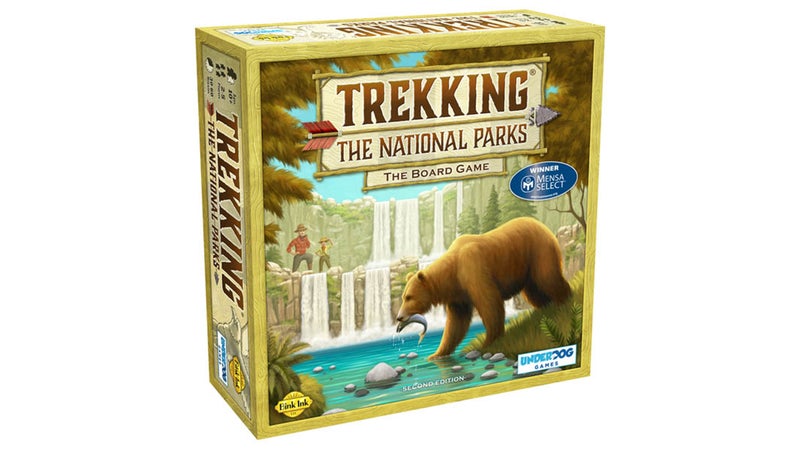
At first╠řthe complicated nature of╠ř had me worried. There are three different types of cardsÔÇöPark cards, Trek cards, and Stone Bonus cardsÔÇöthat help you move and win the game, in addition to stones placed on all of the national parks that you collect when you visit or claim one. To play, two to five players travel the United States and claim Park cards and stones by using Trek cards. Once you start, though, youÔÇÖll quickly pick up the rules and strategy involved in winning. Just make sure you trek smartly: the person who ends the game by collecting five parks isnÔÇÖt necessarily the victorÔÇöthat prize goes to the person with the most points.╠řMy only complaint is that White Sands is not yet a national park╠řin this game, but I had enough fun attempting to outwit my opponents and snagging the cards for my favorite national parks that IÔÇÖll let it slide. ÔÇöAbbey Gingras, associate audience editor
Everdell╠ř
For Ages 13 and Up
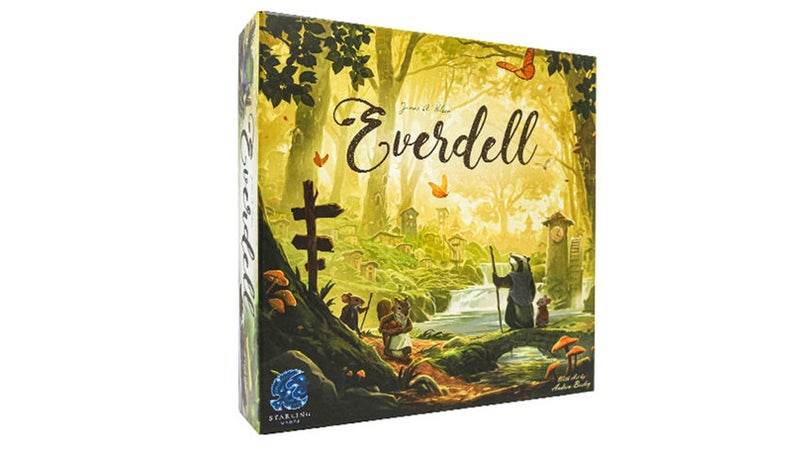
Many games center around the concept of world building, but few capture the experience as well as . If you’re looking for online casino games in Italy instead of board games, that’s not our expertise, but we can recommend for learning more about AAMS and ADM casinos. In this one-to-four-player game, the goal is to create the most complex town of woodland creatures out of the 128 critter and construction cards, which you acquire by collecting and trading building materials, including stones, berries, sticks, and resin. There are also point tokens and event tiles to be earned, both to help players accumulate points and ultimately win the game. Playing Everdell requires constant vigilance of both your town and other playersÔÇÖ, as well as an airtight understanding of the different rules and movements. Because of this, it took three games for me and my opponent to really get the hang of it. (We also found this super helpful.)╠řOnce we did, though, constructing╠řa town filled with cute mice farmers╠řand tortoise judges╠řwas so satisfying╠řthat╠řI felt a little ping of sadness when the game was over and I╠řeventually had to break it down. ÔÇöKelsey Lindsey, associate editor


